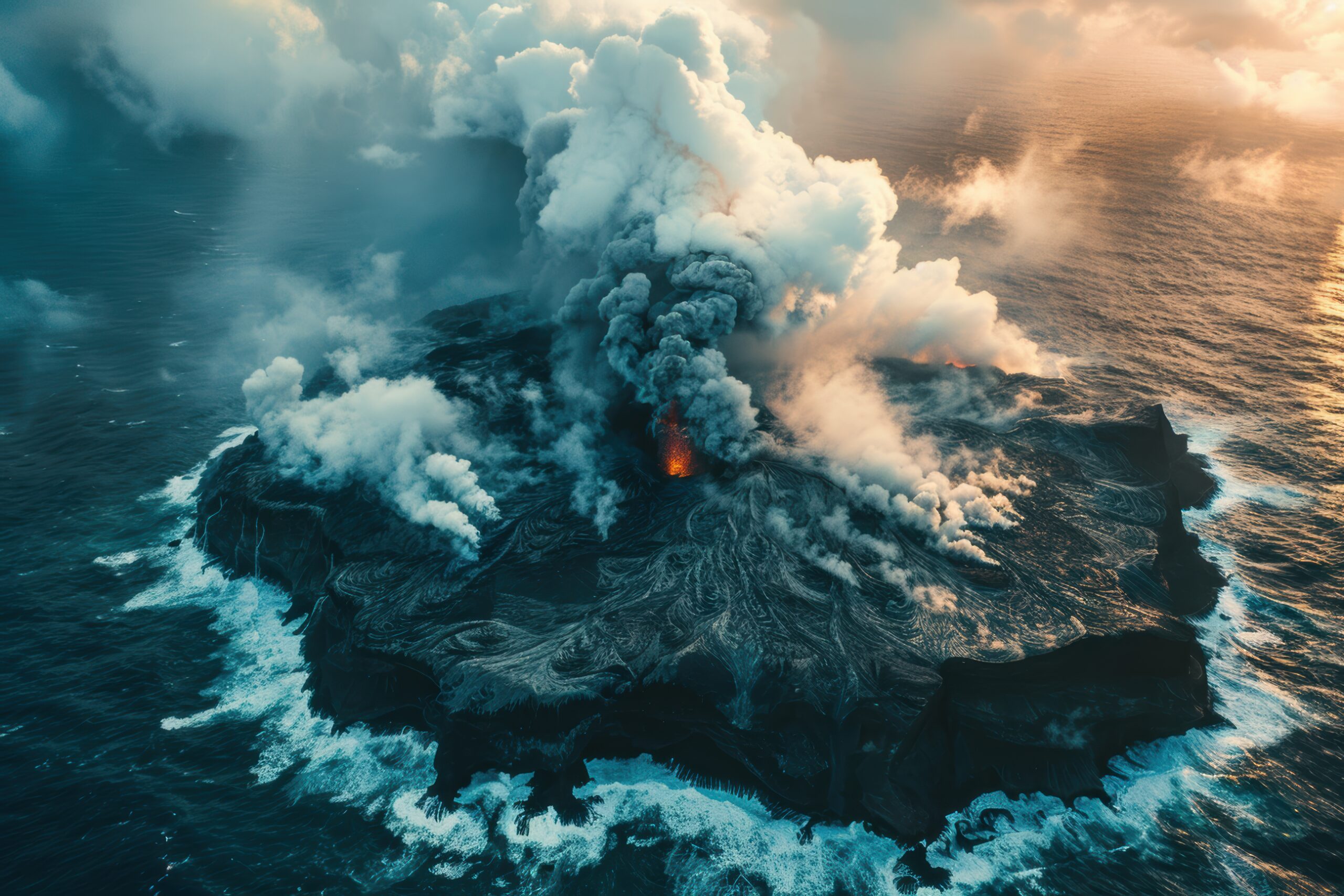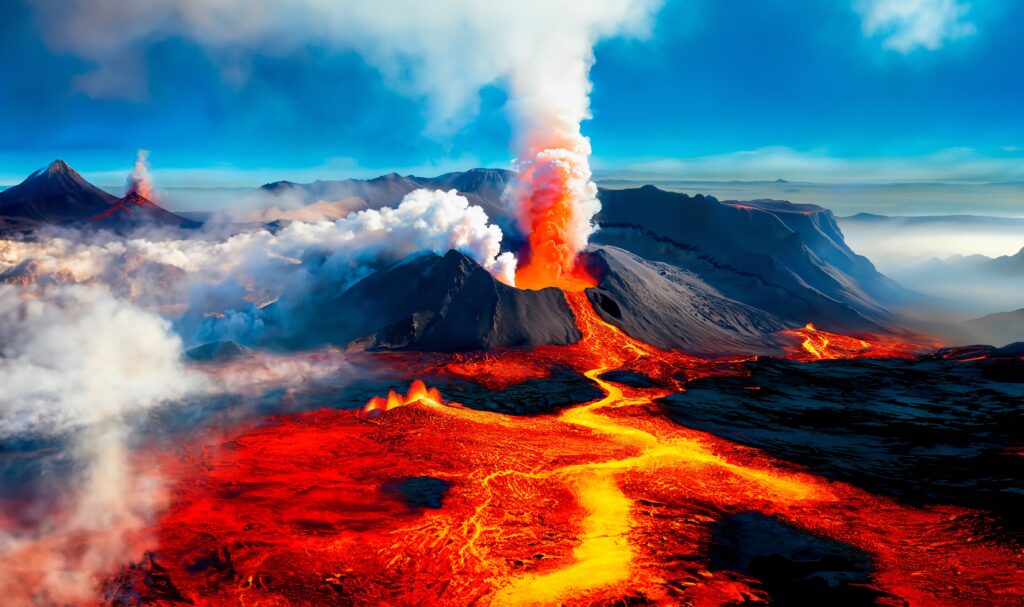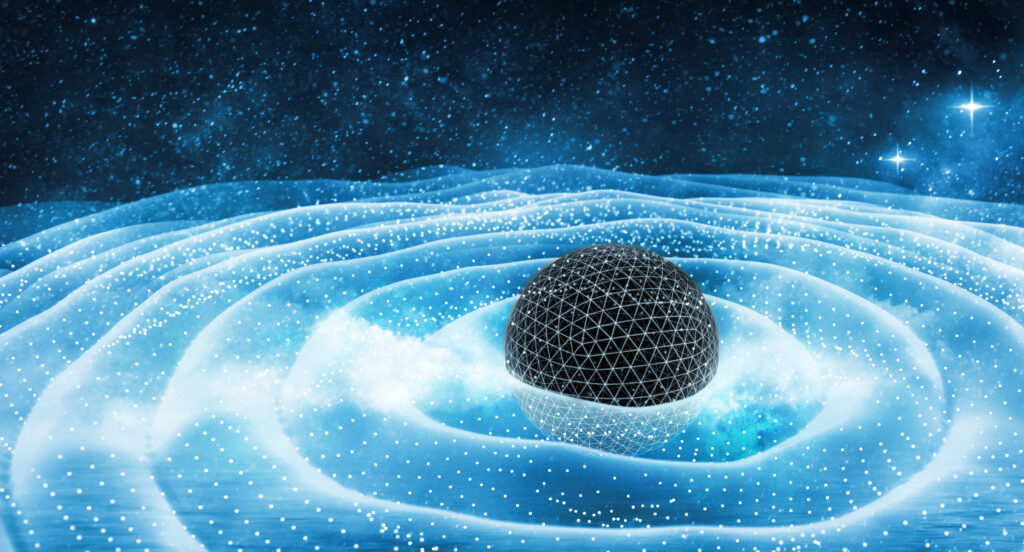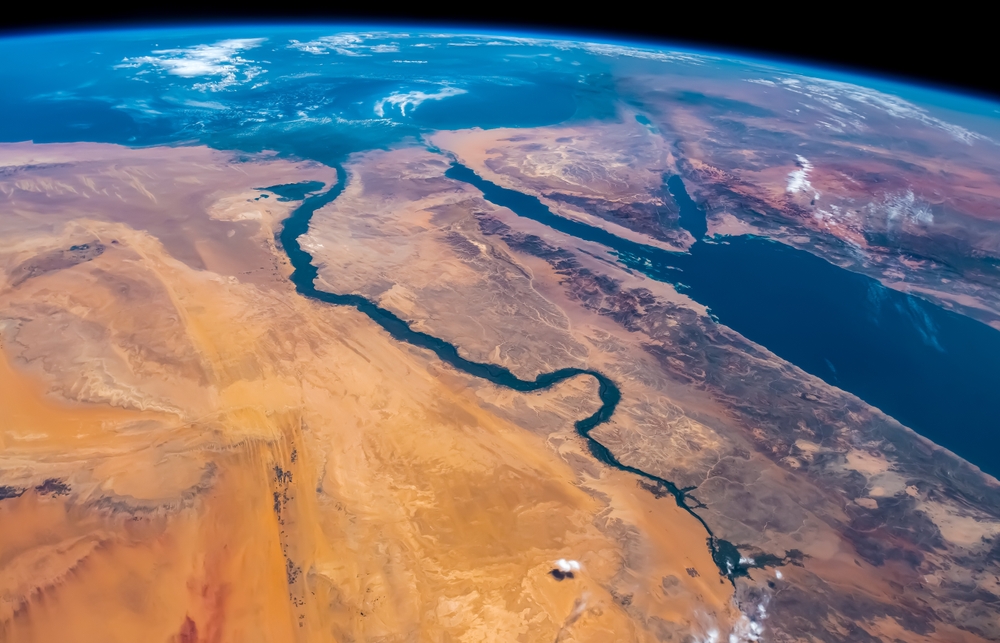An Underwater Volcano the Size of a City is Ready to Erupt

Most of the significant events that shape the world don’t happen out in the open. They happen in the dark, deep down in quiet places that are rarely seen.
Way out in the Pacific Ocean, nearly a mile underwater and 300 miles from shore, there’s a volcano the size of a city that’s literally breathing. It’s a name few have probably heard. It’s not famous like Mount Fuji, and it doesn’t have a dramatic history like Vesuvius. Its eruptions are totally silent, impossible to see from the surface, and nobody on land feels a thing. But make no mistake—this sleeping giant, Axial Seamount, is starting to stir. And it looks like it’s about to wake up.
Scientists are saying it could erupt any day now. But before picturing huge explosions and tidal waves, it’s important to know that this volcano won’t harm a single soul. So, why are the world’s best geologists watching it so closely? Because Axial Seamount is more than just a cool geological thing; it’s a rare peek into how the planet really works. It’s a place where new earth is made in total silence, where whole ecosystems thrive in complete darkness, and where the planet’s rhythms whisper secrets about how nature works. What’s going on down there won’t make the 6 o’clock news, but it might just change how the world—and humanity’s place in it—is seen.
An Oasis of Life in Endless Night

The word ‘volcano’ often brings images of total destruction to mind, right? Fire, ash, a force that just ends things. But deep in the ocean, it’s the complete opposite. Down there, volcanoes like Axial Seamount aren’t about chaos; they’re all about creation.
All around this underwater mountain are things called hydrothermal vents. Think of them as geysers on the ocean floor, shooting out superheated, mineral-packed water from the Earth’s core. In this world of crushing pressure and zero sunlight, life doesn’t run on photosynthesis. It runs on something called chemosynthesis. Tiny microbes, the real architects of this hidden world, munch on volcanic gases like hydrogen sulfide to get their energy.

These little guys are the bottom of a food chain that includes giant, blood-red tube worms, ghostly white crabs, and some seriously strange and beautiful fish that get around in the dark. It’s a wild, alien-looking ecosystem that’s thriving because of the harsh conditions, not in spite of them. As University of Washington oceanographer Dr. Deborah Kelley puts it, “Most of the seafloor is relatively plain. But when you get to the vent fields, you realize that the volcano is an oasis of life.”
This is a pretty powerful reminder that life is far more resilient and creative than often imagined. When Axial erupted back in 2011, lava flows buried entire communities of these creatures under new rock. They were completely wiped out. But when scientists went back to check it out, they found new life already setting up shop on the barren landscape. It just goes to show that nature can’t be kept down. It always finds a way to bounce back.
The Rhythmic Heartbeat of the Earth

What makes Axial Seamount so cool isn’t just the life it supports, but the fact that it has a predictable rhythm. A lot of volcanoes will sleep for centuries and then wake up in a violent burst. But Axial has a steady, reliable cycle. It erupted in 1998, then 2011, and again in 2015. And now, it looks like it’s gearing up for another one, maybe even before 2025 is over.
So, how is all this known? Because Axial is basically the most-watched underwater volcano on the planet. There’s a network of over 140 sensors on the seafloor called the Regional Cabled Array. It’s like an EKG for the planet, tracking the volcano’s vital signs 24/7.
This amazing setup lets scientists listen to the Earth’s heartbeat. They can actually see the seafloor swell by inches as magma pushes up from below, count the thousands of tiny earthquakes that mean pressure is building, and even see how the moon’s gravity tugs on the planet’s crust.
All this data has shown a clear pattern. Before it erupts, the volcano inflates like a balloon. It hits a certain point, erupts to let off the pressure, deflates, and then the whole cycle starts over. Oregon State University volcanologist Bill Chadwick says, “It’s at or almost at that inflation threshold where it erupted last time. So, we think it’s ready to erupt.” This rhythmic cycle teaches a cool lesson: even the biggest forces in nature have their patterns. If one pays attention, those patterns can be figured out.
A Window into Our Planet’s Creation

Even though this eruption poses no threat, it’s still a really big deal. Axial Seamount sits on something called the Juan de Fuca Ridge, which is a seam where the Earth’s tectonic plates are pulling apart. Believe it or not, over 80% of all volcanic activity on Earth happens at ridges like this, quietly building the ground under the oceans.
These underwater eruptions are the main way the planet makes new crust—it’s as basic as breathing. They pump essential minerals into the ocean that keep its chemistry balanced and feed life, and they even play a part in the climate over the long run. What’s happening at Axial is a front-row seat to a process that has been shaping the world for billions of years. It’s basically the Earth’s renewal engine, doing its thing in the dark where no one can see it. By studying it, scientists aren’t just learning about volcanoes; they’re learning about the ancient, creative forces that made the world a place where life could exist in the first place.
Secrets from the Seafloor

It’s easy to dismiss Axial Seamount as a remote curiosity, but the lessons learned here have very real-world consequences. Because it’s so predictable and well-behaved, Axial acts as a perfect natural laboratory for understanding how all volcanoes work—especially the dangerous ones on land.
Most volcanoes aren’t as gentle. They’re complex, unpredictable, and can threaten millions of lives. Scientists who study them are often working with patchy data, trying to guess what’s happening deep underground. But at Axial, they can watch the whole process from start to finish. They can see exactly how the ground swells before an eruption, what the earthquake patterns look like, and how the system behaves when it reaches its breaking point.
This knowledge is priceless. The models and theories tested and proven at Axial can be adapted for volcanoes on land, like Mount St. Helens or the ones dotting the Ring of Fire. By understanding the clear signals of this quiet giant, scientists get better at spotting the subtle, dangerous signs of its more explosive cousins. In a way, this harmless volcano is a teacher, offering its secrets from the deep so that we can be safer up here on the surface.
Silent Forces, Profound Shifts

Eruptions are usually connected with chaos—something breaking, something to be scared of. But the story of Axial gives a totally different, and honestly, a much deeper way of looking at it. With this volcano, an eruption isn’t about destruction. It’s about release, renewal, and even revelation.
This huge volcano, getting ready to erupt under a mile of water, is a pretty great metaphor for how real change happens in life. It doesn’t always happen with a lot of noise and drama. More often, it happens with a quiet, steady pressure that builds over time. It happens in cycles and in patterns, and in those deep, unseen parts of a person’s inner world. People are so often focused on what can be seen, on the loud and urgent stuff, that they forget the most powerful changes happen in silence.
Perhaps that’s true for people, too. Think about the pressure that can build inside someone—all those unspoken ideas, the unrealized dreams, or the quiet courage being gathered. Maybe parts of a person are inflating with potential, just waiting for the right moment to release something new and creative into the world. So let this volcano be more than just a cool science story. Let it be a reminder.
That pressure isn’t always the enemy; sometimes, it’s what’s needed for growth. That an eruption can actually be an act of creation. And that the stuff hidden beneath the surface—of the Earth, of people, of life itself—is often the most powerful force of all.
The Earth is sending a message. Is anyone listening?
Loading...

